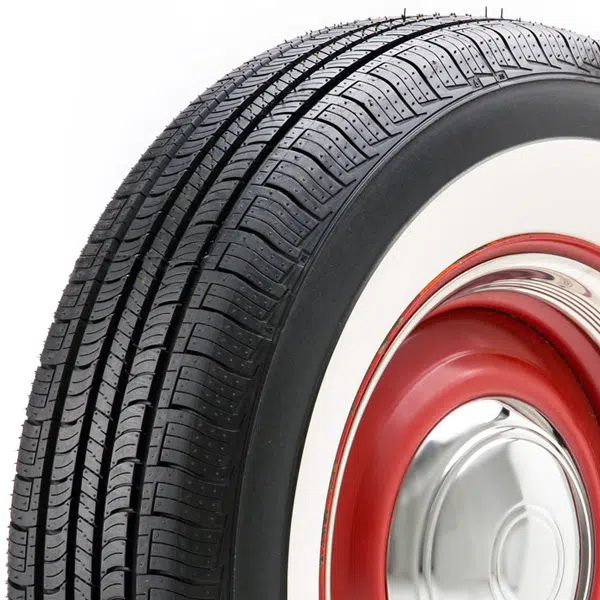Choosing the Perfect Whitewall Tires
Selecting the right whitewall tires for your vehicle requires understanding both period correctness and performance requirements. Whether you're restoring a classic automobile to its original glory or adding a touch of vintage style to a modern vehicle, the proper whitewall tire makes all the difference.
Our comprehensive guide will help you navigate important considerations including:
- Period-correct width and styling for authentic restorations
- Performance ratings and modern construction benefits
- Proper sizing for your specific vehicle application
- Balancing authentic appearance with modern driving requirements


















